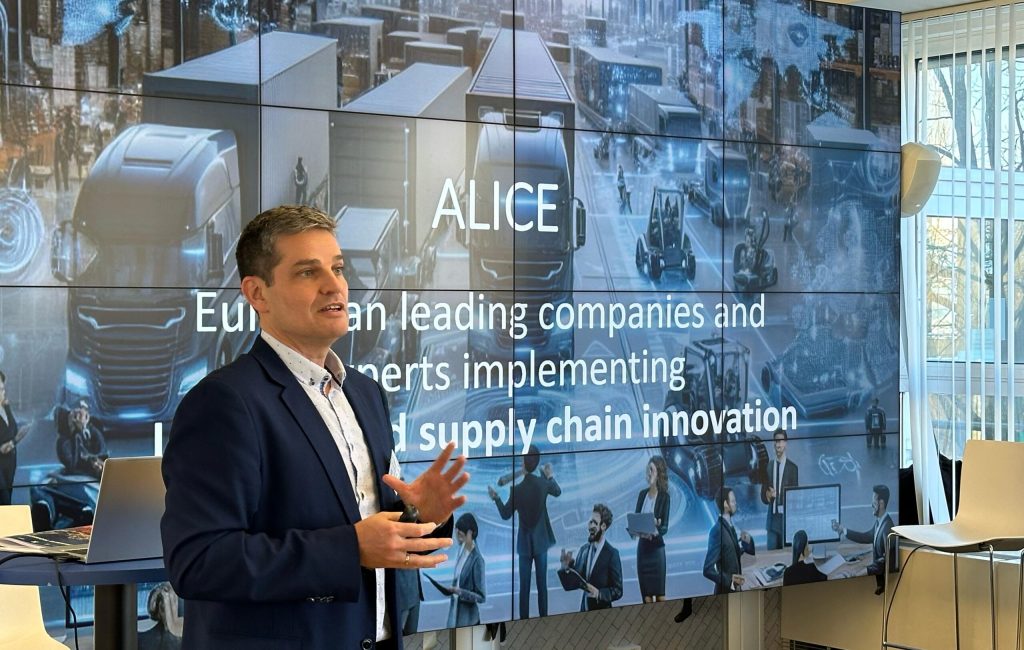Wednesday, February 19th, 2025
On 18 February 2025, logistics and supply chain experts gathered at the P&G Innovation Center in Brussels for the final event of two ambitious research and innovation projects: PILL (Physical Internet Living Labs) and SYTADEL (Synchromodal Prototype for Data Sharing and Planning). These Flemish initiatives have demonstrated how advanced data sharing ecosystems, innovative technologies, and collaborative frameworks can transform logistics into a more efficient, resilient, and sustainable system.
PILL and SYTADEL: advancing the Physical Internet and synchromodality
Both projects focus on addressing key challenges in logistics and supply chain management:
Together, these projects have laid the ground for an interconnected and intelligent logistics ecosystem, opening up new opportunities for efficiency, flexibility and decarbonisation.
Key takeaways from the event
Spotlight on innovation: ALICE’s contributions
ALICE played a role in the event, with contributions from:

Two interactive breakout sessions allowed participants to explore the technical and business aspects of synchromodal logistics and the Physical Internet:
The event concluded with a session by VIL, outlining practical steps for industry players, technology providers, and policymakers to leverage the findings from PILL and SYTADEL and translate them into real-world applications.
The discussions at the event reaffirmed that synchromodal transport and the Physical Internet are no longer just theoretical concepts. They are becoming a reality. However, achieving widespread adoption will require:
ALICE remains at the forefront of this transition, driving collaborative innovation through its Physical Internet Roadmap and initiatives such as ALICE EXPRESS, which facilitates shipper collaboration to scale up intermodal transport solutions.
